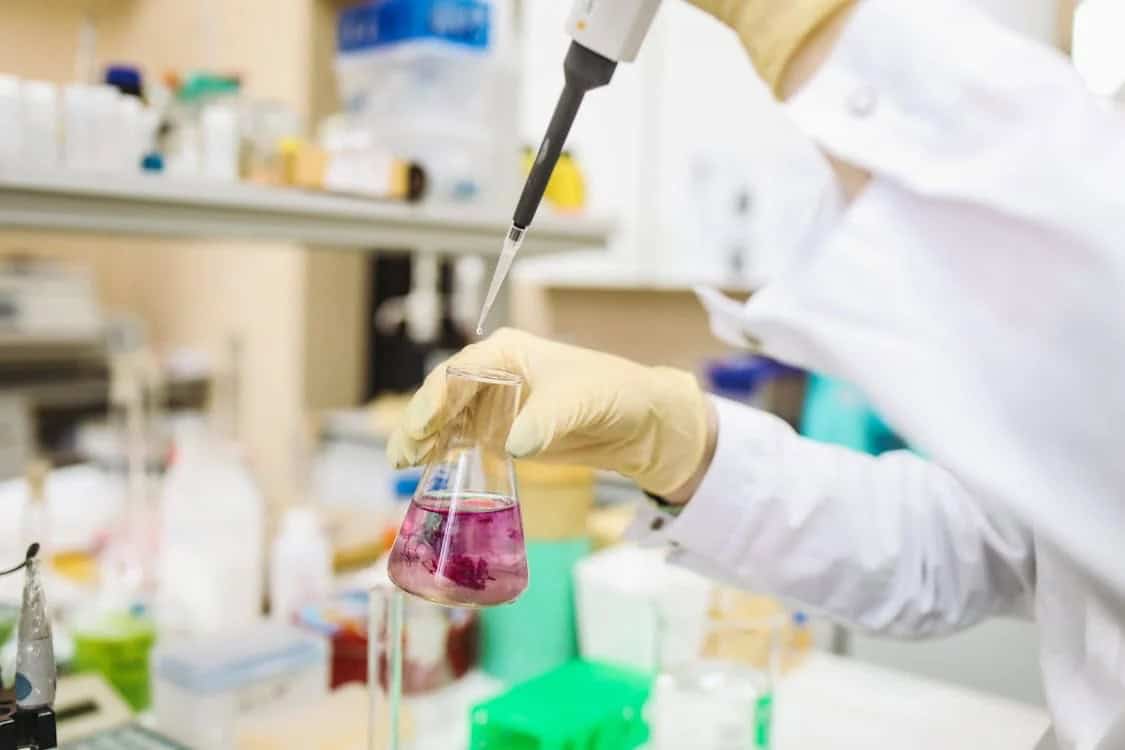In an era of heightened environmental awareness, manufacturers are increasingly seeking ways to reduce their environmental impact. Every step of the production process is under scrutiny, and adhesives—those essential binding agents—are no exception.
Traditional solvent-based adhesives typically contain harmful volatile organic compounds (VOCs) that pollute the air and contribute to health problems. So, how can you ensure your manufacturing process is not only efficient but also eco-friendly?
This article explores sustainable adhesive solutions, helping you make informed choices for a greener future.
Why Go Green with Adhesives?
Sustainable adhesives aren’t just a fad; they’re a necessity. Here’s why:
Environmental Responsibility
Eco-conscious consumers seek products made with sustainable practices. Using eco-friendly adhesives shows your commitment to environmental responsibility and can attract a broader customer base.
Employee Well-Being
Regular adhesives can release harmful fumes, affecting indoor air quality and potentially causing respiratory issues for employees. Eco-friendly alternatives prioritize worker safety and well-being.
Consumer Demand
Eco-conscious consumers are actively seeking products made with sustainable practices. By using eco-friendly adhesives, you demonstrate your commitment to environmental responsibility, potentially attracting a broader customer base.
Cost Savings
While sustainable adhesives might have a higher upfront cost, long-term benefits often outweigh the initial investment. Reduced waste disposal costs, potential tax breaks for green initiatives, and improved production efficiency can lead to significant savings.
Switching to sustainable adhesives can benefit both your business and the environment.
Types of Eco-Friendly Adhesives
There’s a wide variety of sustainable adhesive options available. Here’s a breakdown of some popular eco-friendly solutions:
Water-Based Adhesives
These adhesives use water as the primary solvent, substantially reducing VOC emissions. They offer strong bonding properties and are suitable for various applications, from paper bonding to woodworking.
Bio-Based Adhesives
These innovative adhesives are derived from renewable resources like starch, soy, or natural resins. They offer excellent biodegradability and are a great choice for companies seeking a truly sustainable solution.
Polyvinyl Alcohol Adhesive
Known for its strong bonding capabilities and biodegradability, polyvinyl alcohol adhesive is particularly effective in applications requiring water-soluble adhesives and is used in various industrial processes.
Hot Melt Adhesives
Activated by heat, these adhesives create strong, fast-setting bonds. Hot melt adhesives are solvent-free and often made from recyclable materials, making them a good option for packaging and labeling applications.
Pressure-Sensitive Adhesives (PSAs)
These adhesives create a bond upon application of pressure. They’re commonly used for tapes, labels, and stickers. Eco-friendly PSAs often utilize water-based acrylics or natural rubber alternatives.
Adopting eco-friendly adhesives not only supports environmental sustainability but also aligns your business with modern consumer values and regulatory trends.
Choosing the Right Sustainable Adhesives for Your Needs
Selecting the perfect eco-friendly adhesive requires careful consideration. Here are some key factors to keep in mind:
Application Requirements
Consider the materials you’re bonding, the desired bond strength, and the drying time needed. Different adhesives excel in specific applications—choose the one that best suits your project.
Processing Considerations
Some adhesives require specific application methods or equipment. Evaluate your existing production line and choose an adhesive that integrates seamlessly with your current processes.
Material Compatibility
Ensure the chosen adhesive adheres effectively to your specific materials. Testing different options is crucial to ensure optimal results.
Cost-Effectiveness
While eco-friendly options are generally cost-competitive, compare prices and consider long-term benefits like waste reduction and potential cost savings.
By carefully considering these factors, you can select a sustainable adhesive that meets your needs and supports your commitment to environmental responsibility.
Working with Sustainable Adhesives
Transitioning to sustainable adhesives requires some adjustments. Here are some tips to ensure a smooth and successful switch:
Partner with a Reputable Supplier
Choose a supplier that specializes in sustainable adhesives and can offer expert guidance on product selection and application.
Invest in Training
Educate your employees on the proper use and handling of new adhesives. This ensures optimal results and promotes best practices for safety and efficiency.
Optimize Your Production Process
Some adhesives might require minor adjustments to drying times or application methods. Collaborate with your team to refine processes for maximum efficiency.
Monitor and Evaluate
Track your progress and assess the effectiveness of your chosen adhesive. Regular monitoring allows for adjustments and ensures you’re maximizing the environmental benefits.
By following these tips, you can ensure a seamless transition to sustainable adhesives, enhancing your production efficiency.
Acknowledging Potential Challenges in Adopting Eco-Friendly Adhesives
Transitioning to sustainable adhesives isn’t always smooth sailing. Here are some potential challenges to consider:
Performance Considerations
Some eco-friendly adhesives might not offer the exact performance characteristics of traditional solvent-based alternatives. Meticulous testing and potentially adjusting application methods are crucial to ensure the chosen adhesive meets your specific needs.
Higher Upfront Costs
The initial cost of some sustainable adhesives might be slightly higher than traditional options. So, remember to factor in long-term benefits like reduced waste disposal costs, potential tax breaks, and improved brand reputation.
Availability and Sourcing
Securing the perfect eco-friendly adhesive might require extra effort, especially considering your location and specific needs. Research will be key, and lead times might be longer than usual. Don’t let that discourage you. Building strong relationships with reputable suppliers specializing in sustainable solutions can significantly ease this process.
Educating Stakeholders
Transitioning to new adhesives might require educating employees, clients, and even investors about the benefits and potential performance differences of sustainable options. Open communication and highlighting the environmental and health advantages can foster buy-in from all stakeholders.
By acknowledging these challenges and offering solutions, you provide a more balanced perspective and demonstrate a practical approach to adopting sustainable adhesives.
Promoting Collaboration and Innovation
The path toward a more sustainable future requires collaboration and innovation. Here’s how you can contribute:
Engage with Industry Leaders
Connect with organizations and associations promoting sustainable manufacturing practices. Sharing best practices and challenges can accelerate progress within the industry.
Support Research and Development

Consider partnering with adhesive manufacturers or research institutions involved in developing even more eco-friendly and high-performing adhesives. Your support can contribute to groundbreaking advancements.
Advocate for Change
Become a voice for sustainable practices within your industry. Share your experiences and the benefits of eco-friendly adhesives, inspiring others to follow suit.
By taking an active role, you can help shape a future where sustainable manufacturing is the norm, not the exception.
A Sustainable Path Forward
By embracing sustainable adhesive solutions, you’re making a positive impact on the environment, your team’s health, and your brand reputation. As technology advances, even more eco-friendly and high-performing adhesives will hit the market. Staying informed and adapting your processes reflects your commitment to a sustainable future.
Remember, small steps collectively create a significant impact. So, take the first step—choose sustainable adhesives and join the movement toward an eco-friendlier future.
Article and permission to publish here provided by Claire Glassman. Originally written for Supply Chain Game Changer and published on June 28, 2024.
Images provided by Claire Glassman.

